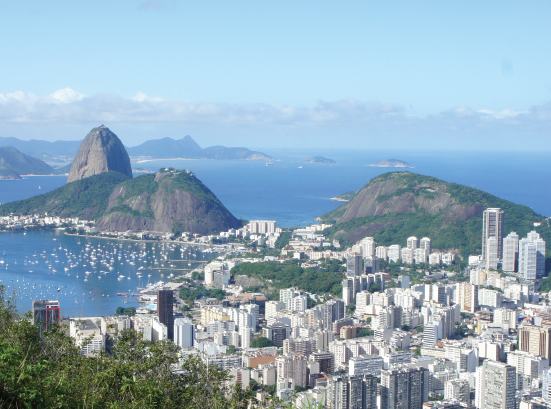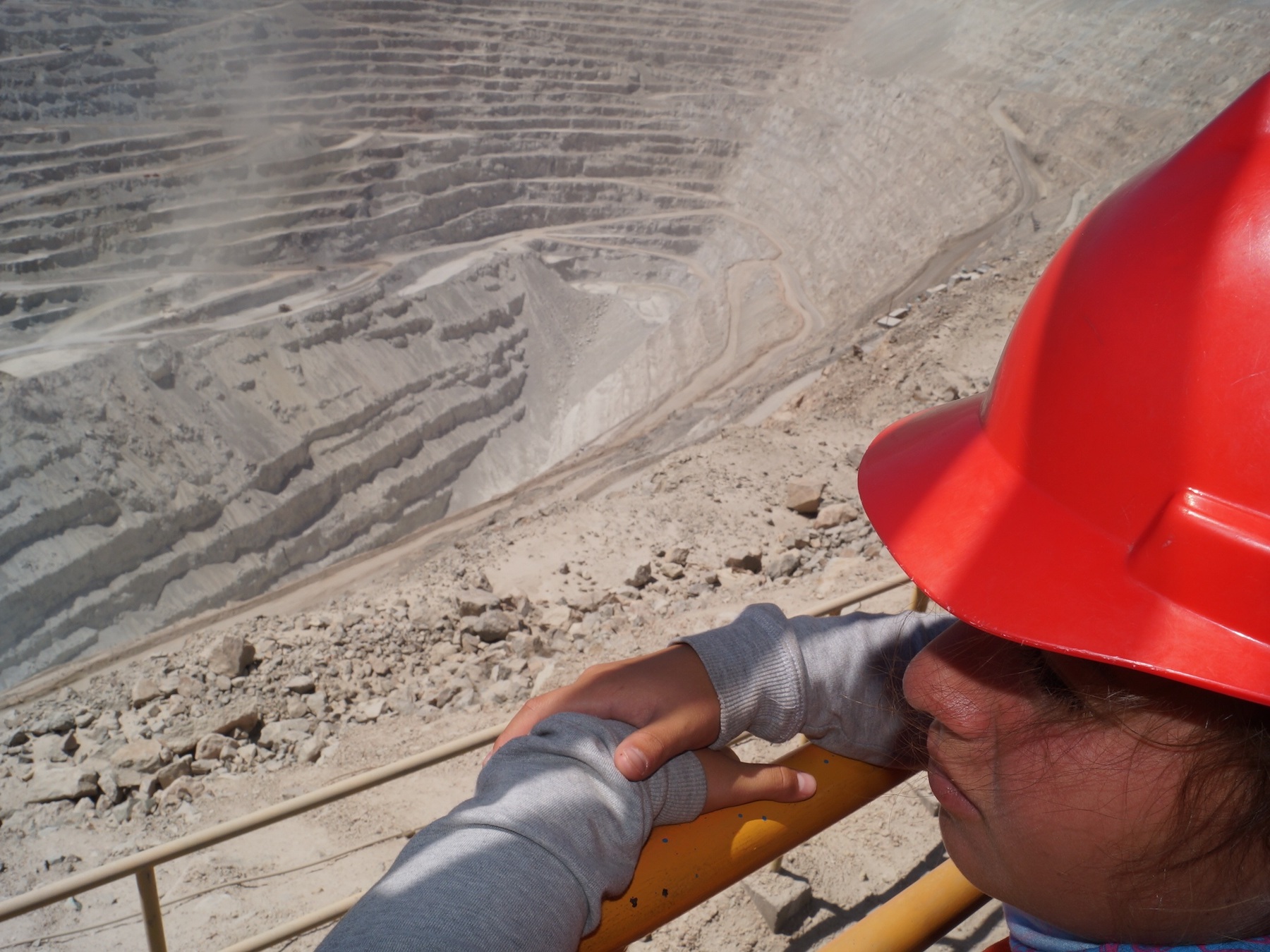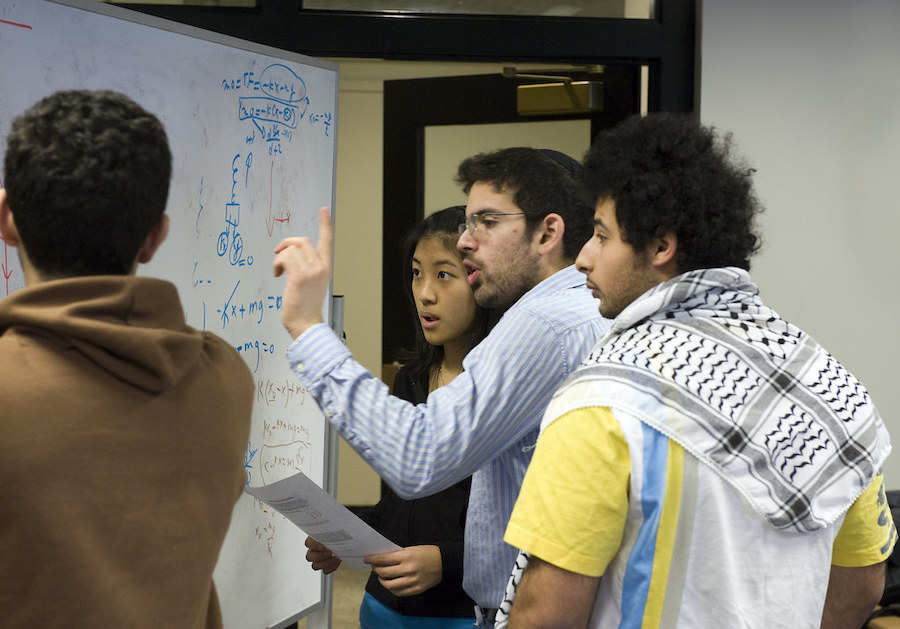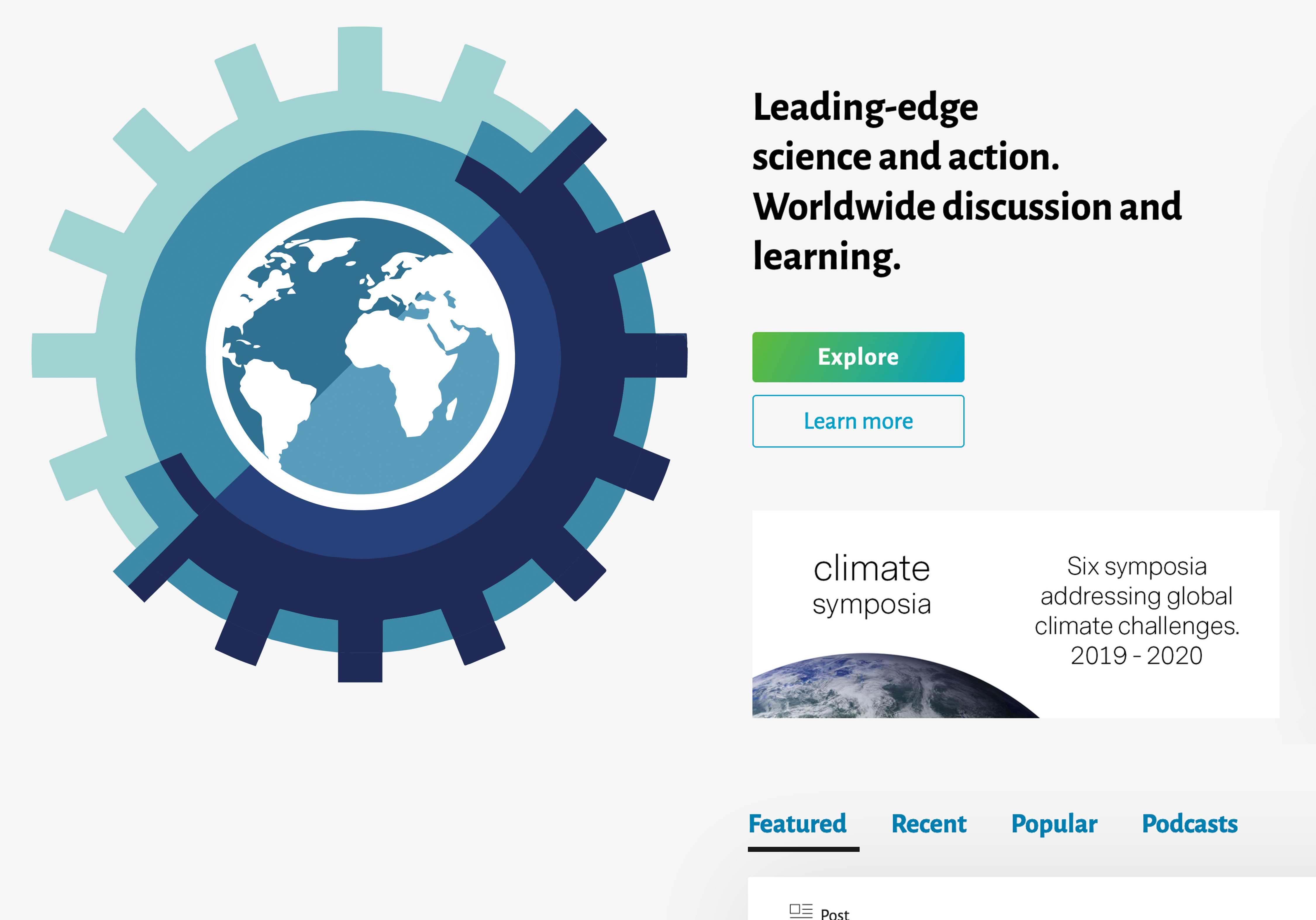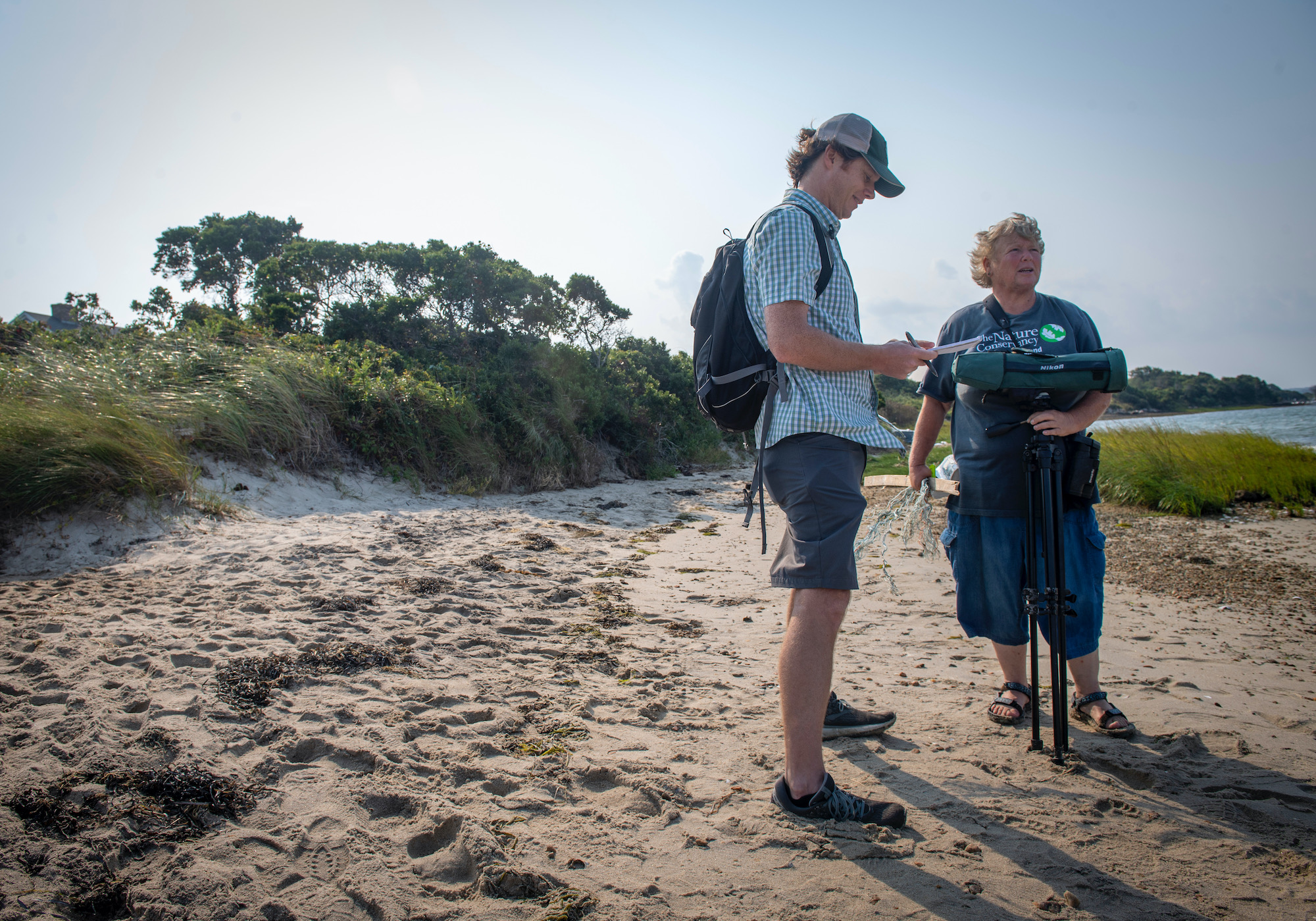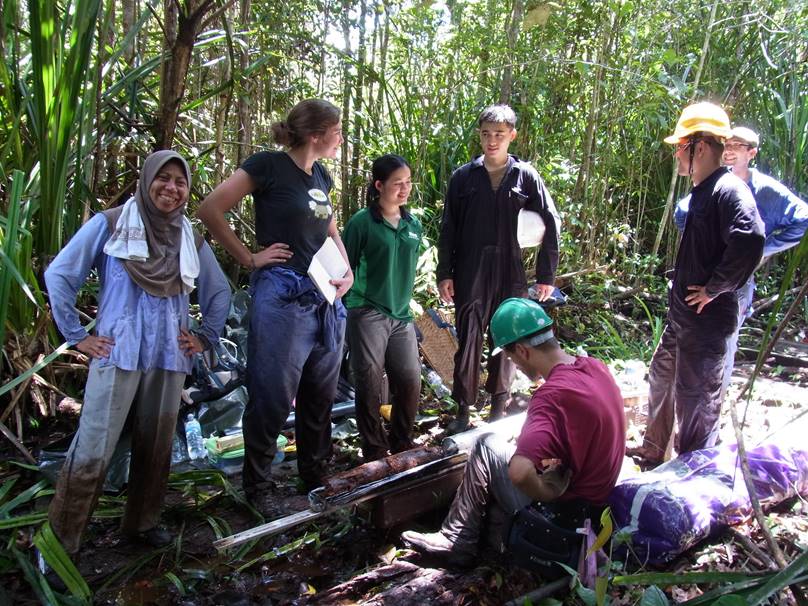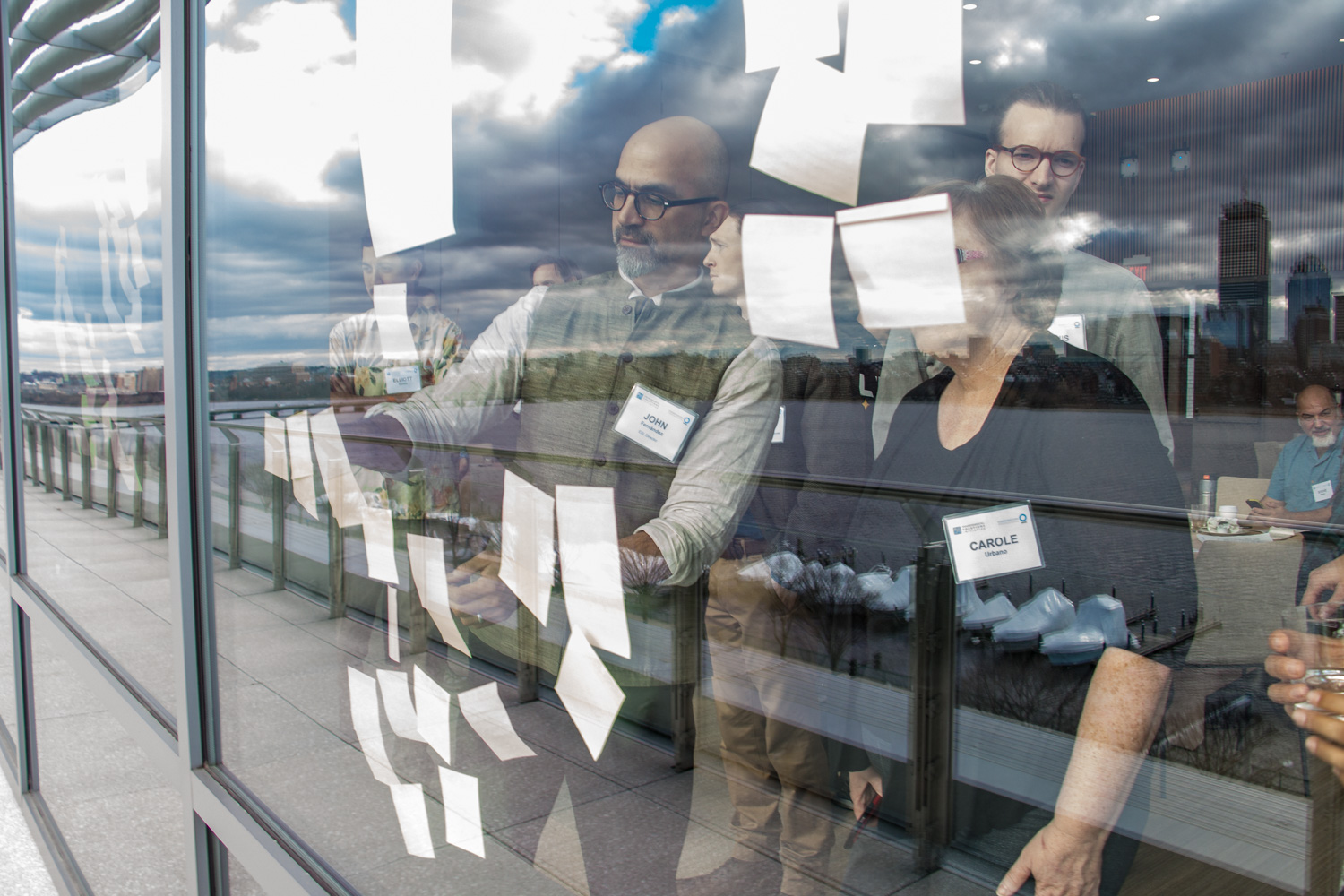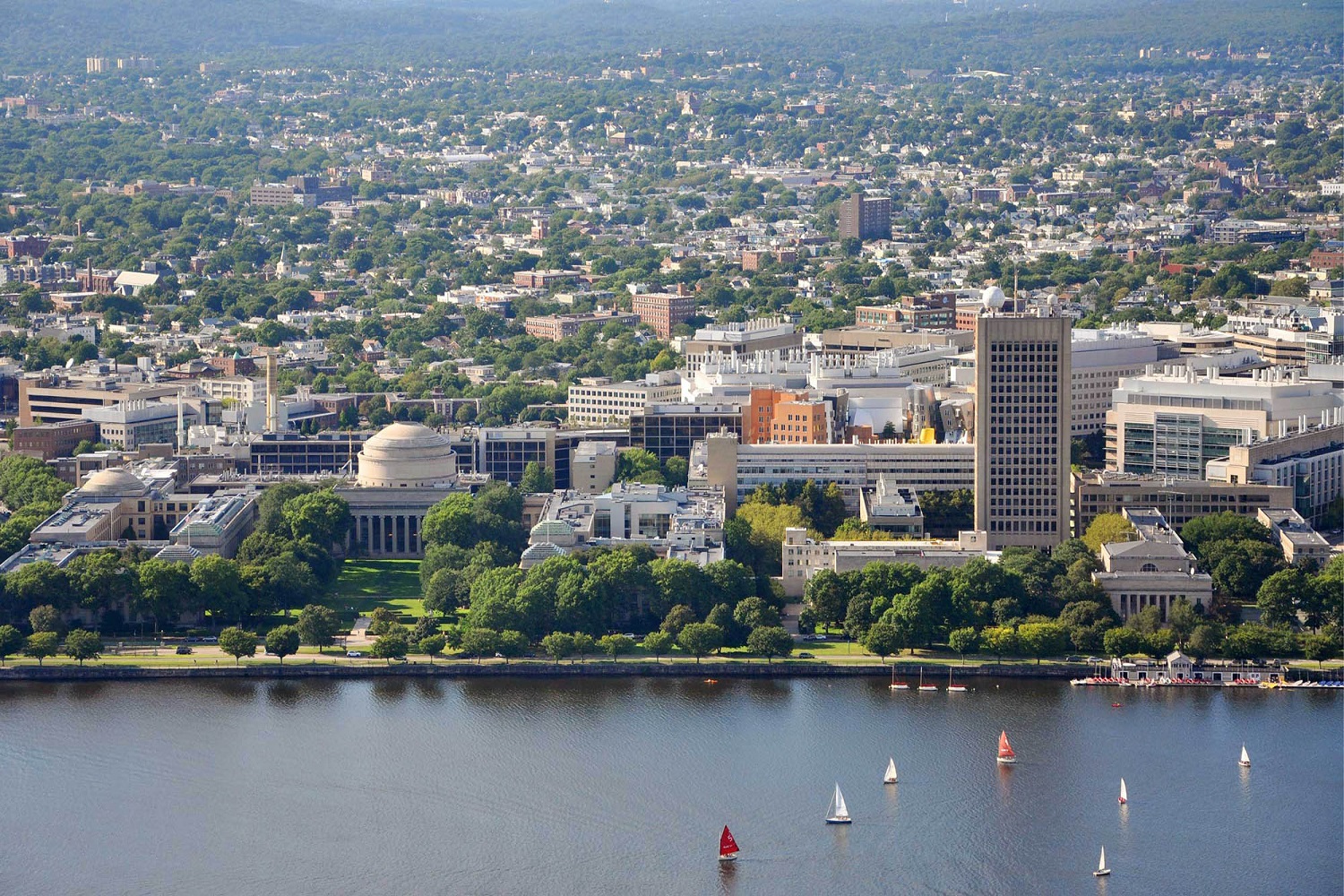Menu
ESI Stories
Three Questions on Nature-Based Climate Solutions With ESI Research Affiliate Martin Camilo Pérez Lara
By: Sophia Apteker, Administrative and Communications Assistant
When I videocalled Martin Camilo Pérez Lara the other day to discuss his new position as a research affiliate of the MIT Environmental Solutions Initiative (ESI), two canvas paintings hung simply on a tan wall behind him. The one on the left was long and rectangular, depicting a person cutting through a wispy forest. The one on the right was square. It showed a marine ecosystem, a person swirled in a sea of blue and green.
Martin grew up in a family of artists. Earlier in his life, he thought maybe he’d be an artist, too.
“When I started to make many murals, I became very interested in — and I started to paint — environmental issues: animals, ecosystems, natural forests, ecosystem processes,” Martin explained of his work. “Afterwards, I decided to explore creative opportunities in natural sciences, and I also really liked math. So with this mix, I decided to study forestry engineering.”
Martin has since become a forestry engineer with a master’s degree in international affairs. His impressive resume features high-level positions with the Ministry of Environment in Colombia, the World Bank in Mexico, the United Nations in Latin America, the Center for Clean Air Policy, and currently, the WWF (World Wide Fund for Nature) US.
At the ESI, he will play an active role in facilitating discussions with various actors in the carbon market chain — including local communities, national governments, market developers, and standards accreditors — to identify how and where improvements can be implemented so that quality and social justice are centered. The ultimate goal? Applying insights from his team’s well-rounded research to inform future laws, public policies, and projects that promote ecosystem protection while prioritizing the people who live there.
To introduce Martin, I asked him three questions about nature-based climate solutions.
The following interview has been edited for length and clarity.
Currently, you work for the WWF US. What is the connection between the work you do there and the work that you do for the ESI?
The WWF US is the umbrella for the time I am dedicating to MIT research. This is the place where I am building the knowledge and activities in different landscapes in the world.
The work that I am doing for WWF US is as a Director for the Forest Climate Solutions Impact and Monitoring Nature-Based Solutions (NBS) program, where we create a system to monitor impact in different landscapes, including Brazil, Madagascar, Mexico, Peru, and Vietnam. Additionally, we are developing new market approaches in Colombia and other Latin American countries and supporting the creation of environmental integrity criteria in the US and international instances.
In these landscapes, I help teams create the best approach to monitoring the impact that NBS will have at both local and international levels.
You’ve previously mentioned that a key highlight of your career has been creating and promoting Fair Deals as a management framework for carbon markets, and that these efforts have significantly improved the inclusivity and effectiveness of climate finance solutions. Can you explain what these solutions looked like before, if any, and what they’ve looked like since implementing Fair Deals?
The carbon markets and biodiversity credits — but especially the carbon markets because they are a mechanism with a longer history — have two main problems.
The first problem is that some of those who establish the baselines in the carbon markets lack environmental integrity or quality in their work. Consequently, they sometimes inflate the baselines to secure more credits. This results in a significant issue: absence of quality.
The second one is that the agreement between the breakout companies that you need to write the documents to certify the carbon obtained by the local communities actions — that is, the people who are living with the forest and can change or maintain the relationship with the forest to reduce deforestation or degradation — these agreements are not just or equitable regarding the community’s efforts.
The community performs the work in the field: they plant the trees, they protect the forest, they do almost everything. And the technical company — the private company — many of them make the negotiations to generate the certificates. To do this technical work, they take between 20% to 50% of their results, normally, during the duration of the projects, which is 20 to 30 years. That is tons and tons not just of carbon dioxide, but of money: money that should be implemented in more actions in the field; money that should been directly received by the communities. The quality and long-term operation of forest mitigation projects are of interest to both the communities and other market actors who seek a viable operation in the long term.
To address the first problem, I collaborated with Ministries of Environment and climate change commissions across Latin America, as well as market actors, to create and implement carbon accounting and traceability systems. Currently, I am focused on implementing models that adhere to environmental integrity criteria on a landscape scale.
To solve the second problem, which in my view is the most important, we created the “just or fair agreements” concept where we build the capabilities within local communities. In this new model, the community is the center. The people interacting with forests don’t need to accept inequitable agreements. This increases their possibility of maximizing investments related to climate change mitigation, improving local livelihoods.
Local communities are pivotal to the work that you do. Why is it important that these communities are prioritized?
The main reason is that I have a lot of empathy for local communities, their livelihoods, and their needs. I am not part of these communities, but I believe that their forestry governance is the key for stability and durability in long-term climate mitigation results.
The other issue is that if we don’t work with these communities — the people who live with the ecosystems — and if we don’t invest in their development plans, we will only implement a project that produces short-term results, after which we will return to the starting point. In climate terms, “returning to the starting point” means putting the planet at risk.
So, the communities’ power in the environmental markets must be asserted.
